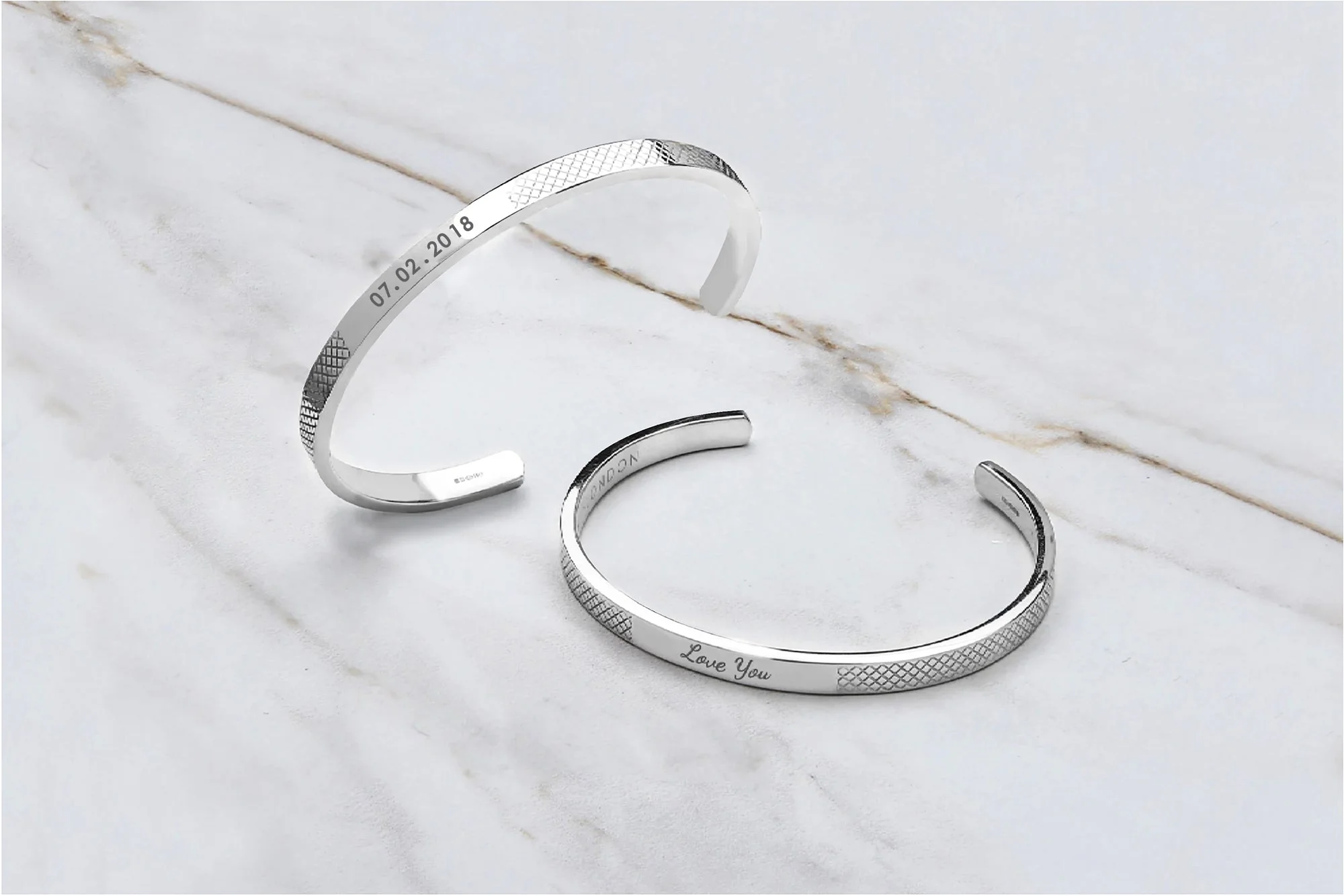-
Automobili Lamborghini Hex Necklace In Titanium With Black Diamonds
Regular price $6,340Regular priceUnit price / per -
Automobili Lamborghini Double Wrap Leather Bracelet In Black & Yellow with Rhodium Plated Silver
Regular price $840Regular priceUnit price / per -
Automobili Lamborghini Hex Tie Clip In Forged Carbon Fibre with Black & Yellow Enamel
Regular price $240Regular priceUnit price / per -
Automobili Lamborghini Double Wrap Leather Bracelet In Black with Rhodium Plated Silver
Regular price $840Regular priceUnit price / per -
Automobili Lamborghini Hex Money Clip In Forged Carbon Fibre with Black & Yellow Enamel
Regular price $240Regular priceUnit price / per -
Automobili Lamborghini Hex Necklace In Titanium With White Diamonds
Regular price $4,530Regular priceUnit price / per -
Automobili Lamborghini Miniature Necklace In Sterling Silver
Regular price $900Regular priceUnit price / per -
Automobili Lamborghini Hex Necklace In Titanium With Forged Carbon Fibre
Regular price $475Regular priceUnit price / per
1
/
of
12

Complimentary Engraving

Free Shipping Over $450

Positive Luxury Butterfly Mark

Complimentary Gift Wrapping

Spread The Cost With Klarna

Where To Find Us
Shop our Instagram
@tateossianlondon

















